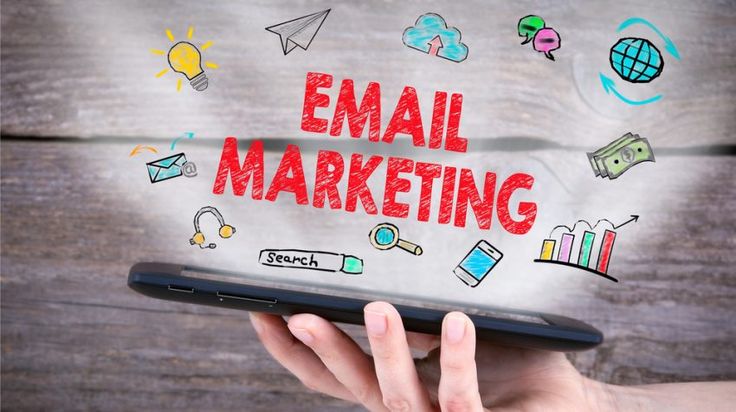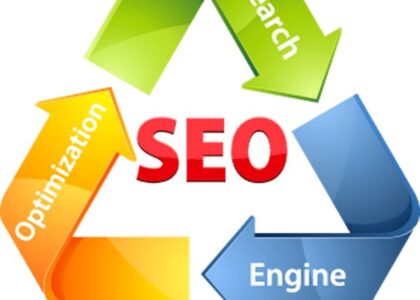Email marketing is a powerful digital marketing strategy that involves sending targeted email messages to a group of recipients with the goal of building relationships, promoting products or services, and driving conversions. It’s a cost-effective way to reach your audience, nurture leads, and keep your subscribers informed.
Types of Email Marketing:
Promotional Emails: These emails focus on promoting products, services, or special offers to drive sales.
Transactional Emails: These are automated emails sent in response to specific actions, such as purchase receipts, shipping notifications, or password resets.
Newsletter Emails: Regular updates and content sharing with subscribers to provide value and engage them.
Drip Campaigns: A series of automated emails sent over time to nurture leads and guide them through the sales funnel.
Welcome emails: sent to new subscribers to establish expectations and promote your brand
Abandoned Cart Emails: Remind customers about items left in their shopping carts to encourage completion of the purchase.
Benefits of Email Marketing:
Direct Communication: Email offers a direct and personable way to communicate with your audience.
Cost-Effective: It’s one of the most cost-effective marketing methods.
High ROI: Well-executed email campaigns can deliver a high return on investment.
Segmentation: You can target specific groups of subscribers based on their interests, behaviors, or demographics.
Automation: Automation tools allow you to send timely and relevant messages without manual intervention.
Analytics: Track open rates, click-through rates, conversion rates, and other metrics to measure the effectiveness of your campaigns.
Building an Email List:
Opt-In Process: Always use opt-in forms on your website and at various touchpoints to get explicit consent from individuals to receive emails from you.
Incentives: Offer incentives to attract sign-ups, such as discounts, free ebooks, or access to premium material.
Segmentation: Categorize your subscribers into segments based on their interests and behaviors.
Clean Your List: Regularly remove inactive or unengaged subscribers to maintain list quality.
Creating Effective Email Content:
Compelling Subject Lines: Use attention-grabbing subject lines to encourage recipients to open your emails.
Engaging Content: Write concise, relevant, and valuable content that resonates with your audience.
Clear Call to Action (CTA): Each email should have a clear and specific CTA to guide recipients on the desired action.
Responsive Design: Make sure your emails are mobile-friendly and correctly show on a variety of devices by using responsive design.
Personalization: Address recipients by their names and personalize content based on their preferences and behavior.
Testing and Optimization:
Regularly A/B test different elements of your emails, such as subject lines, CTA buttons, and content, to improve performance.
Compliance and Legal Considerations:
Familiarize yourself with email marketing regulations, such as CAN-SPAM Act in the United States or GDPR in Europe, and ensure compliance.
Provide clear opt-out (unsubscribe) options in your emails.
Email Marketing Tools:
There are various email marketing platforms and software, such as MailChimp, Constant Contact, A Weber, and others, that offer features like list management, automation, and analytics.
Best Practices:
Respect subscriber preferences and privacy.
Maintain a consistent sending schedule.
To make sure your emails arrive in the inbox, track email deliverability.
Analyze and improve your email marketing plan frequently.
Email marketing remains a valuable tool for businesses and marketers to connect with their audience, drive sales, and build brand loyalty. When executed effectively and ethically, it can yield impressive results in terms of engagement and conversion rates.



